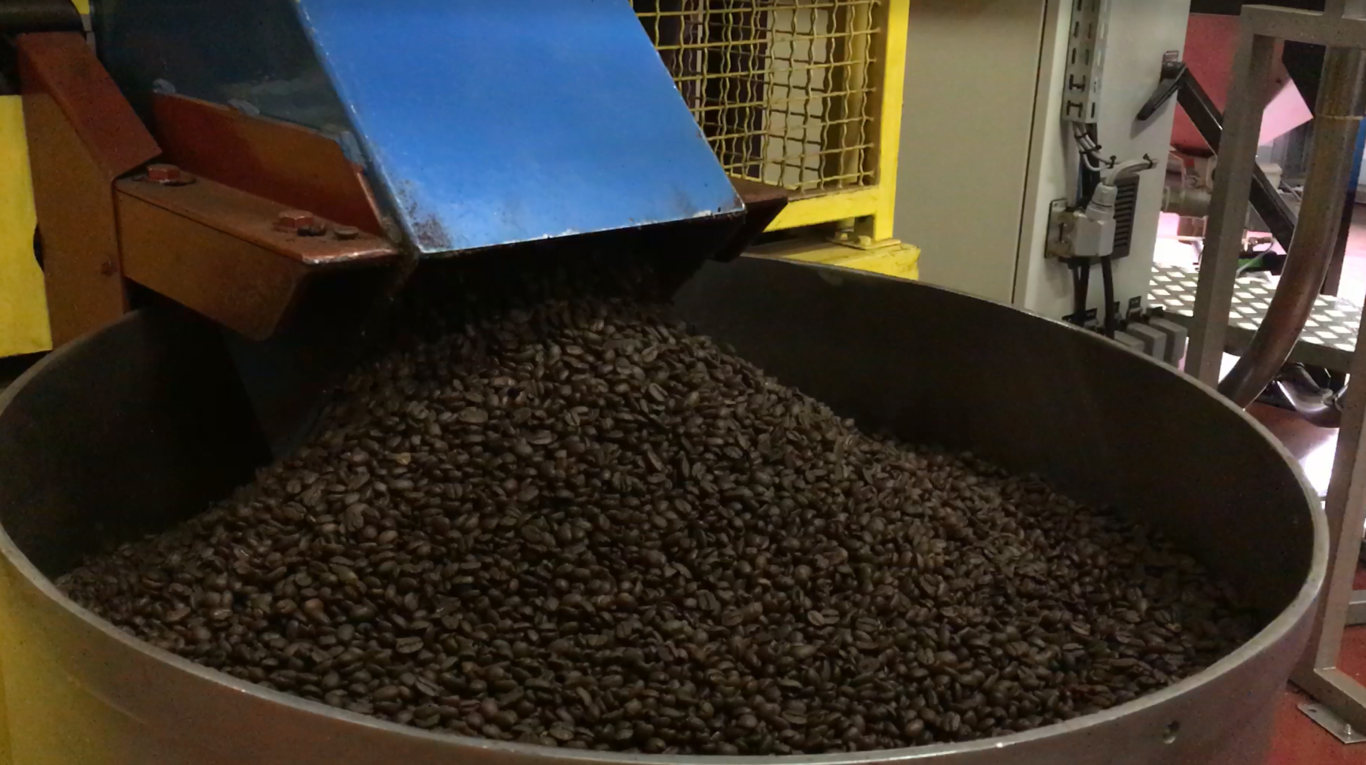Made in Ireland: How Java Republic goes from bean to cup
We took a look inside the Irish coffee company’s Dublin roastery as it nears its 20-year anniversary.
WHEN IT WAS launched nearly 20 years ago, Java Republic was selling its products to a less sophisticated coffee nation.
Since the business was founded by David McKernan in 1999, it has swelled to more than 75 staff and its products can now be found in over 1,200 venues across the country as the flat white becomes as ubiquitous as a pint of the black stuff.
A former Bewley’s employee, McKernan launched the freshly ground coffee business at a time when the industry in Ireland largely consisted of instant coffee brands.
As part of a Fora behind-the-scenes series on Irish manufacturing, we recently took a look at how Java Republic gets coffee ready for sale in its Blachardstown roastery.
That process starts with the raw product – green coffee beans – which it imports from locations such as Costa Rica and Honduras in the Americas, and the Indonesian island of Sumatra.
The green beans are first measured and then fed into a ‘roasting drum’, where they are heated to 200 degrees before being dropped into an air-cooling tray.
The freshly roasted beans are then fed into a ’de-stoner’ for quality checking, before the roasted coffee is blended to create the product ready for packing, sale and grinding.
Last month, the company announced it was going through a €500,000 ‘brand refresh’ to coincide with its near two-decade anniversary as it battles a tough market with competition from both indigenous coffee firms, like Dublin’s 3FE, and international rivals.
Java Republic has also been on the acquisition trail, with Galway Bay Coffee becoming part of the larger firm from April as McKernan’s company looks to grow its trade in the west.
In 2016, the business delivered a profit of more than €500,000 across its various operations, according to its latest publicly available accounts.
Video by Paul O’Donoghue





